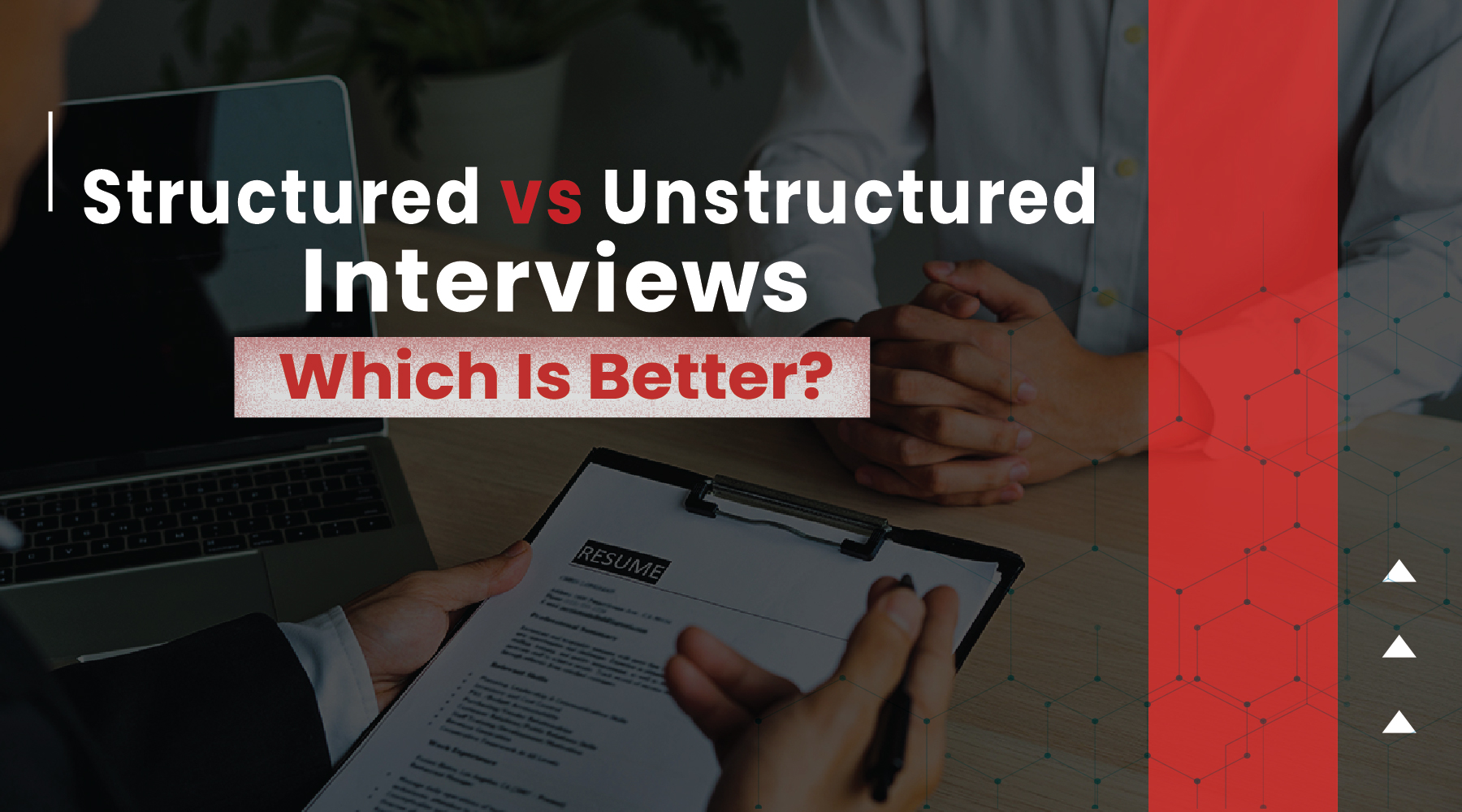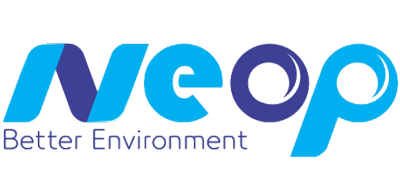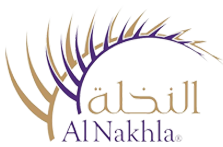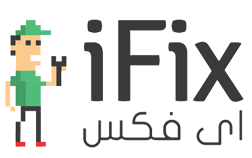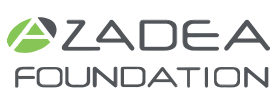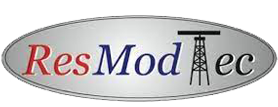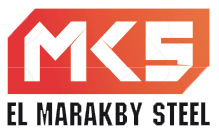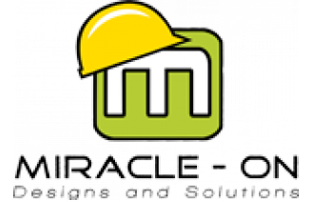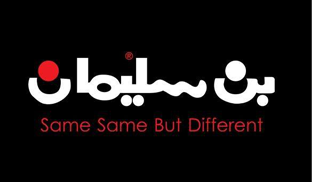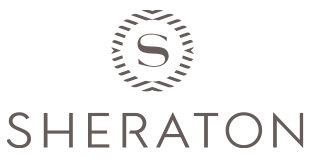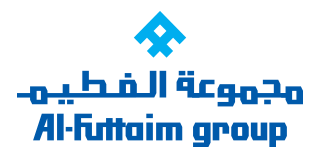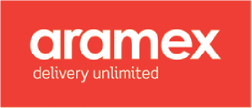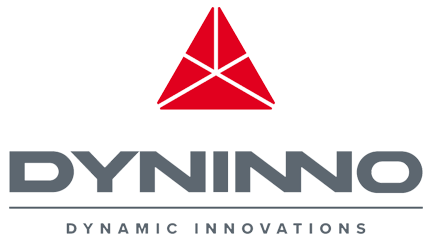There are many ways to conduct a job interview. The basics include asking the interviewee questions, conducting one or more employee assessments, and so on. Asking questions is part of any interview process. The two most common methods for interviewing candidates are structured vs unstructured interviews.
Both of these methods can be part of your recruitment process. But each method comes with advantages and disadvantages. Some hiring managers prefer structured interviews, while others prefer unstructured interviews.
But what are the differences between the two? In this article, we’ll be looking at the format and pros & cons of structured vs unstructured interview. We’ll also show you a better alternative to both.
What is a structured interview?
A structured interview is an interview that follows a structure or process. It involves asking candidates a series of specific questions in a specific order.
A structured interview is sometimes referred to as a standardized interview.
Besides helping employers gather information about candidates, companies can use structured interviews for research purposes.
Creating a structured interview is easy. It involves creating a set of questions and following the list during the interview process. In this type of interview, the questions tend to be sequential. That is, each question leads to the next one.
What is an unstructured interview?
With unstructured interviews, the interviewer doesn’t follow a predetermined list of questions. Or they may choose to deviate from that list depending on the candidate’s answers.
Unstructured interviews are more spontaneous and feel like a conversation than an interrogation.
After all, as an interviewer, you want to make the candidate feel comfortable.
Structured vs unstructured interview: What’s the difference?
Now that you’re familiar with how structured and unstructured interviews work, let’s explore the pros and cons of each.
Benefits of conducting structured interviews

Benefits of conducting structured interviews
- Objective: The information gathered from a structured interview tends to be objective.
- Comparable: Because all interviews follow the same series and flow of questions, it’s easier to compare candidates and results.
- Easier to conduct: Having a predetermined set of questions makes the interview process easier and faster for the interviewer.
Downsides of using a structured interviews
On the other hand, there are a few downsides to this method. Structured interviews are:
- Rigid: Having a list of questions means you know what you’re going to ask and in what succession. However, it prevents you, the interviewer, from asking for additional information.
Benefits of using an unstructured interview

benefits of conducting unstructured interviews
- Flexible: The top benefit of conducting an unstructured interview is that it’s flexible and spontaneous. If the candidate mentions a certain point, you’d like them to elaborate on, you can do so. If you feel you need more information, you can ask for it.
- In-depth information: Because of their flexibility, unstructured interviews are helpful when handling complex situations or topics. They’re also useful when hiring for managerial or senior roles.
- More conversational: Unlike standardized interviews, unstructured interviews are more like a conversation. The interviewer may not even have a list of questions and is unlikely to be ticking off certain details in a list.
Downsides of using an unstructured interview
- Information is disparate: The questions the interviewer asks in an unstructured interview aren’t the same for all candidates.
This means that the information gathered is also not the same for everyone. The interviewer may ask one candidate for additional information but not ask the same question to another candidate.
- Harder to compare: This flexibility makes it harder for interviewers to compare candidates because they don’t have the same information from everyone.
- Time-consuming: Because the interviewer isn’t following a list, unstructured interviews tend to be longer than their counterparts. The interviewer may end up asking more questions than they had intended and accordingly spending more time with each candidate or with certain candidates.
Structured vs unstructured interviews: A better alternative
Job interviews help the interviewer, or hiring manager, gather enough information about the candidate.
The purpose of any job interview is to see if the candidate is a good fit for the job and company or not. Based on the information gathered, the hiring manager may move on to the next step and send the candidate a job offer. Or not.
Knowing the pros and cons of structured interviews vs unstructured interviews, you maybe leaning towards one type over the other.
But it doesn’t have to be either or; it doesn’t have to be black or white. There is a third alternative and that’s conducting semi-structured interviews.
What is a semi-structured interview?

what is semi structured interview?
A semi-structured interview combines the best of both worlds. With a semi-structured interview, you get the benefits of the structured interview and the unstructured one.
It’s easier to conduct semi-structured interviews. You can print out a list of predetermined questions and pause to ask for additional information when needed.
The only downside to semi-structured interviews is that, like unstructured interviews, they can take longer to complete. However, they give you a complete picture of the candidate applying for a job in your company or team.
Conclusion
Whether you’re a hiring manager or recruitment professional, it’s important to decide on the best interview process for your business.
You can experiment with both methods, structured and unstructured interviews, to see which works best for you.
However, we recommend going for the hybrid version or the semi-structured interview process.
On one hand, it helps you conduct a meaningful and easy-going conversation with the candidate.
On the other hand, semi-structured interviews help you gather more information about the candidate and their skills that you wouldn’t get with a structured interview.
In today’s fast-paced and highly competitive job market, you need to hire the best candidates. To do so, you need to gather as much information about those candidates as you can. This includes their hard and soft skills, their knowledge, and more.
You also want to avoid those common-but-costly mistakes employers make that result in a high employee turnover.
To learn more about candidates and their skills, we highly recommend using psychometric tests.
Need help hiring candidates? Reach out to Tawzef and our team take charge of the entire hiring process for you.
Tawzef is an HR consultancy offering various HR services including recruitment, HR strategy, salary surveys, among others.
Learn more about building a strong team and company:






